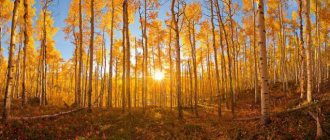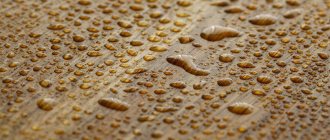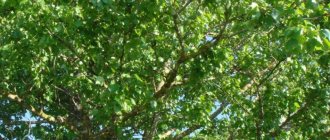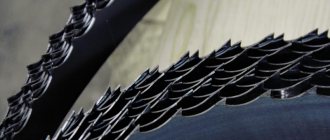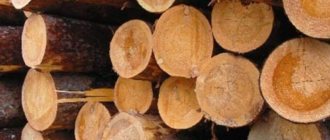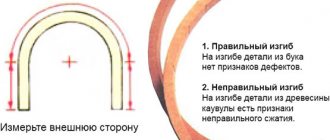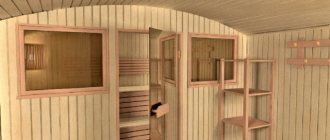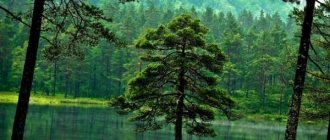Wood obtained from bulbous projections or deformations developing on some trees is called burl or suvel (sometimes knot). Read about the differences and similarities between suvel and burl in the article
The appearance of growths on wood is caused by various types of mechanical and internal stress influences
This may occur due to infection by fungi, mold or certain insects. Infestation or any type of damage to the tree causes round or nodular tumor-like growths on the tree.
Master's work with burl and suvel wood
- Because of the texture of the wood grain, you need to be very careful when working with wood cut from tree growths.
- Working with this type of wood is very difficult due to the irregular grains in the knot.
The rarer the pattern, the more expensive the furniture or sculpture made from wood growth will be. Typically, sculptors or artists hand-carve a piece from the growth using wood carving techniques or shape it on a lathe to create beautiful pieces from this wood.
Isn't it amazing that ugliness in wood can be turned into such beautiful works of art! Well, it would be correct to call handmade products made from burl and suvel a work of art created by the joint efforts of man and nature
Drying
To ensure that the workpiece does not delaminate or collapse while drying naturally, it is necessary to dry it gradually. There are several ways to dry suvel or birch burl at home.
Here are the two most popular ones:
- Boiling in water with table salt. This method is suitable for small pieces of birch. The workpiece is cleaned of all unnecessary growths, rags and dirt and placed in water, which should be 2 cm higher. Per 1 liter. You need 2 tbsp of water. salt. Then, resinous sawdust must be added to the water, which will ultimately give the product an ocher tint. It is necessary to boil for 6-8 hours, then carefully remove and rinse the workpiece under running water. After two days, the cooking procedure must be repeated, but reduce the boiling time by a couple of hours. After two days, the boiling process must be repeated, if necessary, reducing the time by another couple of hours. After this, remove from the boiling water and peel off the remaining bark on the hot workpiece. After 2-3 weeks the material is ready for processing. This method is only suitable for small workpieces!
- Larger pieces take longer to dry. Under no circumstances should you bring the workpiece into a dry room when drying at home. Prepared cuts need to be coated with paint or drying oil. If dried properly, they dry within 2-3 months. The temperature should be about 10-15 degrees. Then they can be removed indoors, where they will dry completely and be ready for processing in about six months.
Products from burls and suvels of various types of wood
Australian red cedar burl/souvel Birch burl/souvel
Cherry cap/suvel
Elm burl/suvel
Walnut burl/suvel
Australian eucalyptus burl/suvel
Black wild walnut burl/suvel
White oak burl/suvel
Cap/suvel Ginkgo
Jasmine tree burl/suvel
Willow burl/suvel
Cedar burl/suvel
Dogwood burl/suvel
Cap/souvel of lime Cap/souvel of oleaginous angustifolia, coated with dark varnish
Cap/souvel of mango tree
Burl/suvel teak
burl/suvel of chestnut oak
Oak burl/suvel
Norway maple burl/suvel
Australian red cedar burl/suvel
Acacia cap/suvel
Cap/suvel afzelia
Birch burl/suvel
Cherry cap/suvel
Cherry cap/suvel
Cherry cap/suvel
Elm burl/suvel
Walnut burl/suvel
Walnut cap/souvel Walnut cap/souvel
Burl/suvel of elm tree
Oak burl/suvel
Cap/souvelle California chestnut
Maple burl/suvel
Maple burl/suvel
Maple burl/suvel
Maple burl/suvel
Juniper drop/souvelle
Juniper drop/souvelle
Olive tree burl/souvelle
Olive tree burl/souvelle
Aspen burl/suvel
Burl/suvel pine
Cap/suvel yew
Cap/suvel yew
Black walnut burl/suvel
Eucalyptus cap/suvel
Maple burl/suvel
Juniper drop/souvelle
Burl/suvel pine
Cap/suvel tamarisk
Cherry cap/suvel
Cap/suvel yew
Olive cap/souvelle
Burl/suvel of Karelian birch
Subscribe to our Yandex.Zen channel
